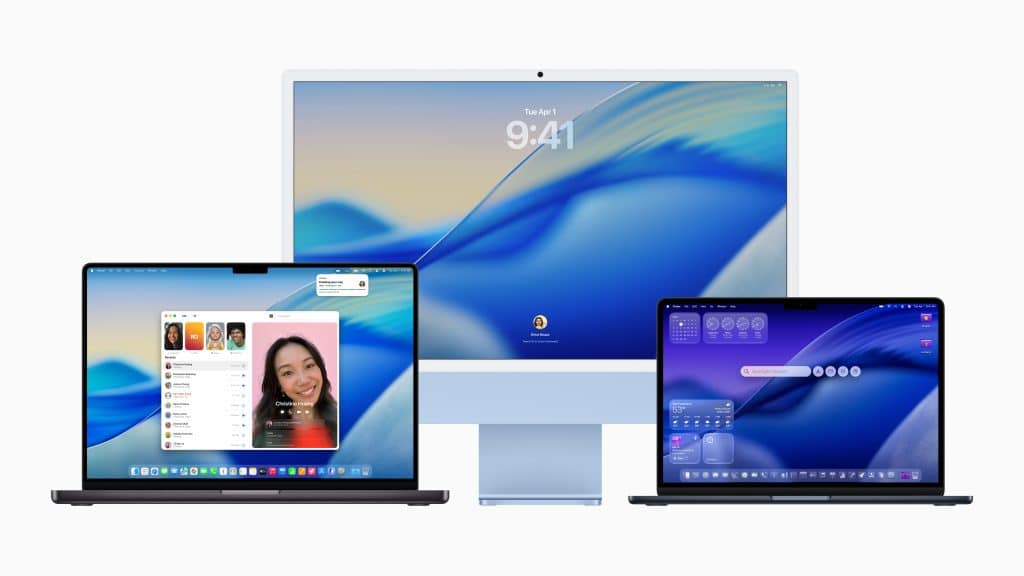macOS Tahoe introduces a design overhaul dubbed Liquid Glass, which brings a translucent, reflective aesthetic to the Mac interface. This cohesive look spans app icons, the Dock, menus, and the Control Center, creating a modern and immersive experience. The Menu Bar, now fully transparent, maximizes screen space, giving desktops a cleaner, more open feel. Users can customize app icons with tints and assign emojis or emblems to folders, allowing for a personalized workspace that balances style and functionality. This visual refresh makes everyday interactions with the Mac feel both familiar and distinctly new.
Streamlined Control Center and Menus
The Control Center in macOS Tahoe has been reimagined for greater flexibility, drawing inspiration from iOS 18. Users can now drag and drop controls to prioritize settings like brightness, sound, or network options, tailoring the interface to their needs. The Menu Bar also supports similar customization, letting users rearrange items for quick access to essential tools. Widgets, a staple of macOS, can be tinted or set to a clear style, blending seamlessly with the desktop background. These changes empower users to craft a workspace that aligns with their workflow, whether they’re editing videos or managing emails.
Spotlight: Search That Works Harder
Spotlight, Apple’s universal search tool, gets a significant upgrade in macOS Tahoe. Powered by Apple Intelligence, it now supports hundreds of quick actions, enabling users to perform tasks like creating calendar events or sending messages without opening apps. The redesigned interface is more visually engaging, and new menubar search and keyboard shortcuts make it faster to access. For example, typing “set alarm” or “find photos from last week” delivers instant results, saving time for users who rely on quick searches to stay productive.
Seamless iPhone Integration
macOS Tahoe strengthens the Mac’s connection to the iPhone with the introduction of the Phone app. This feature allows users to handle calls directly from their Mac via Wi-Fi, complete with Call Screening to filter spam using real-time transcription and Hold Assist to manage brief call interruptions. The Journal app, another iOS crossover, lets users jot down ideas or memories, syncing effortlessly across devices. These additions make the Mac a more integral part of Apple’s ecosystem, ensuring users can stay connected without reaching for their phone.
Gaming and Browser Enhancements
For gamers, macOS Tahoe introduces a dedicated Games app with a Game Overlay feature, offering in-game controls and stats without disrupting play. The Metal 4 graphics framework enables developers to create more immersive titles, boosting the Mac’s appeal as a gaming platform. Safari, meanwhile, sports a refreshed tab design and a streamlined sidebar, making it easier to manage multiple tabs or research projects. Apple Intelligence enhances Safari with smarter search suggestions, helping users find information faster. These updates cater to diverse users, from casual browsers to those pushing their Macs for creative work.
Accessibility and System Refinements
Accessibility takes center stage in macOS Tahoe with features like the Magnifier app, which offers enhanced zooming for visually impaired users, and Vehicle Motion Cues to reduce motion sickness during travel. The Accessibility Reader provides text-to-speech for any on-screen content, while improved Braille display support enhances usability for blind users. Beyond accessibility, system animations are smoother, and the Terminal app now supports 24-bit color and Powerline fonts, a boon for developers. These refinements ensure macOS Tahoe feels polished and inclusive across user needs.
